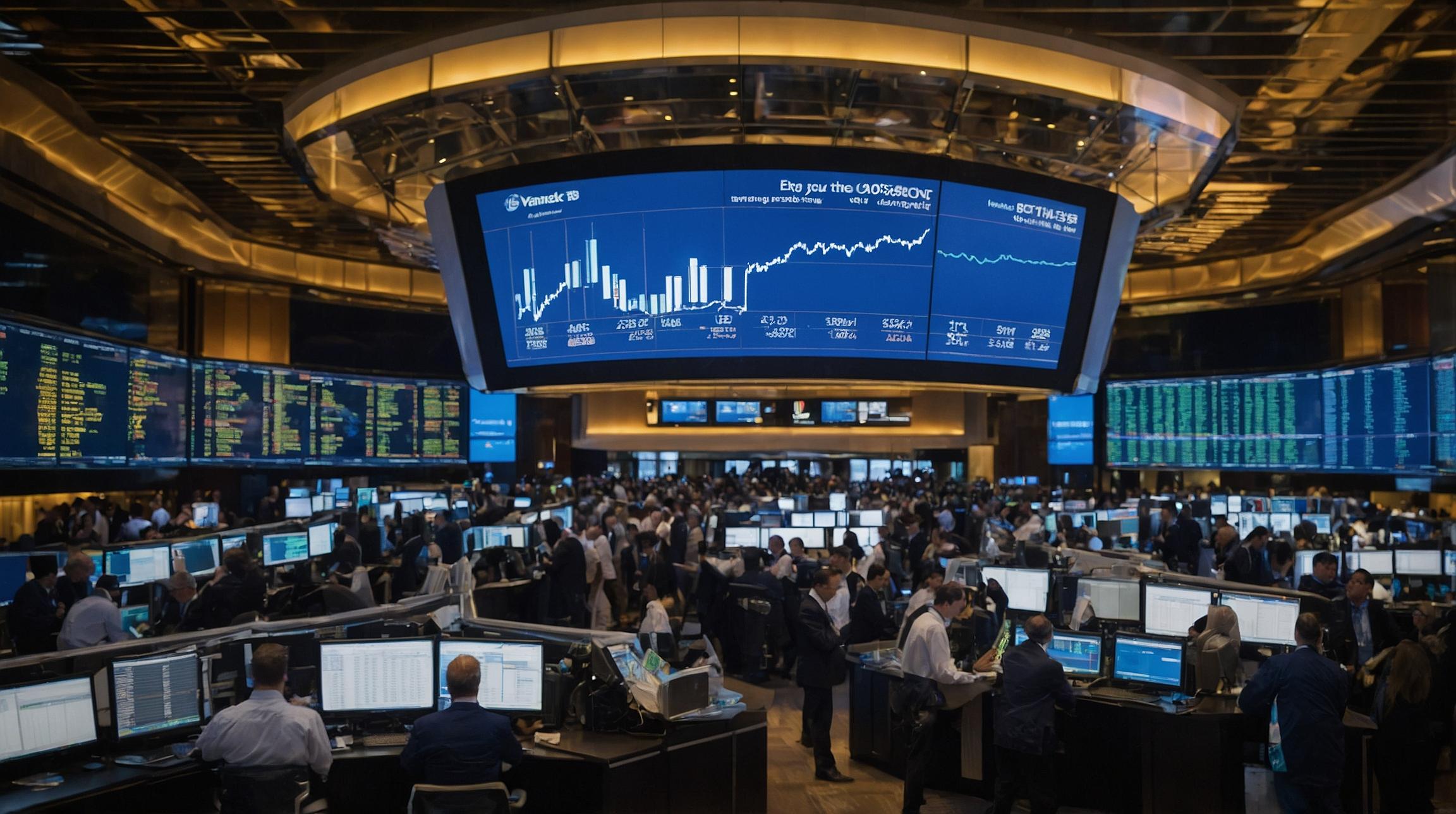Bitcoin Stumbles After Brief Surge Beyond $70,000
Bitcoin, the largest cryptocurrency by market cap, briefly recaptured the $70,000 level earlier in June but has since struggled to maintain that momentum. This recent price movement is typical for a bull market. As of now, Bitcoin's price is almost the same as it was three months ago, showing a downward or sideways trading pattern.
Several Factors Affecting Bitcoin's Performance
Experts suggest that a combination of factors is causing this stagnation rather than a single incident. Here are the key reasons:
Plateauing of Bitcoin ETFs: Spot Bitcoin exchange-traded funds (ETFs) play a significant role in the market. After the SEC approved these ETFs in January, interest surged but has recently waned. In January and February alone, around $55.3 billion flowed into these funds, but they have since contracted. Over the past week, net outflows reached $580.6 million.
Difficult Mining Conditions: Bitcoin halving in April, which cut the supply of new coins by 50%, led to increased difficulty in mining. The hashrate—the total computational power for mining Bitcoin—has shown volatility. Post-halving, the rate dipped by 11%, briefly recovered, but then dropped again.
Expert Analysis
Matthew Sigel, head of digital assets research at VanEck, told Fortune that these conditions are "typical" post-halving. Miners are struggling to earn profits due to the increased per-coin cost. Sigel anticipates that while the consolidation phase may continue, Bitcoin's price will be significantly higher by the U.S. election in November. He noted that during a bull market, price corrections as steep as 20% are common, making the current 11% decline no reason to be concerned.
David Lawant, head of research at FalconX, mentioned that the recent price dip is due to weak liquidity. For instance, Bitcoin's average daily trading volume in June is less than half of what it was in March across both spot and futures markets. Additionally, macroeconomic and political uncertainties contribute to the longer-term stagnation.
Economic and Political Uncertainties
Bitcoin has been trading near its lower range as market participants are unsure where the next price catalyst will come from. Two significant uncertainties are:
U.S. Monetary Policy: The Federal Reserve has indicated that interest rates will remain higher for longer, conflicting with data suggesting cooling inflation. The market is attempting to reconcile this information.
Upcoming U.S. Elections: Both political parties are trying to gain support from crypto enthusiasts. Former President Donald Trump has dubbed himself the "crypto president" and promised to stop President Joe Biden's actions against cryptocurrency. However, the tight race between Trump and Biden, with Trump leading by just 1.1%, creates a politically uncertain environment.
Bitcoin's Colossal Comeback
Despite these challenges, Bitcoin has made a substantial recovery over the past year, seeing gains of more than 150%. While current conditions may seem worrying, historical trends suggest that such fluctuations are part of the natural cycle in a bull market.
Note: The insights and data presented in this article are based on information provided by industry experts to Fortune and market observations.













